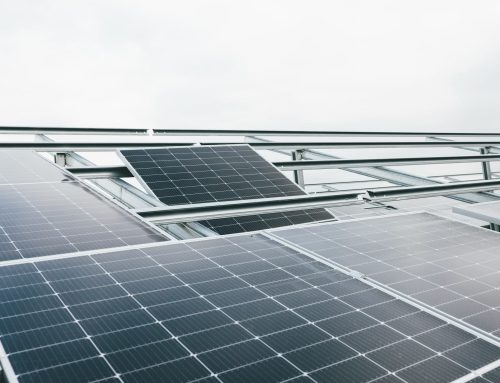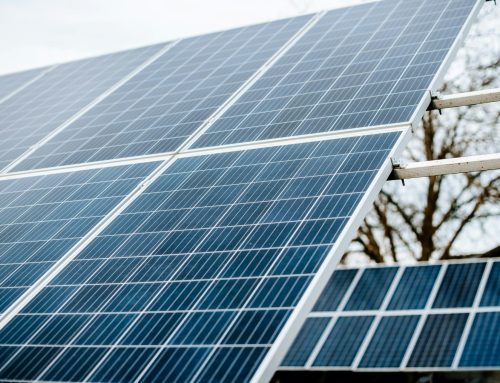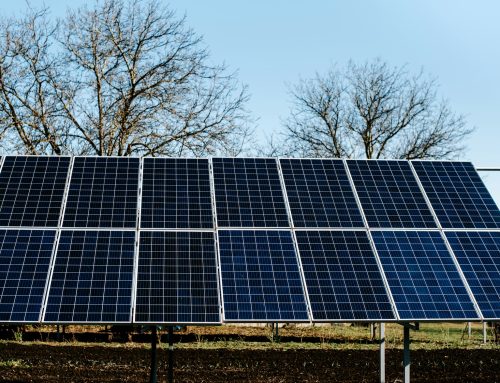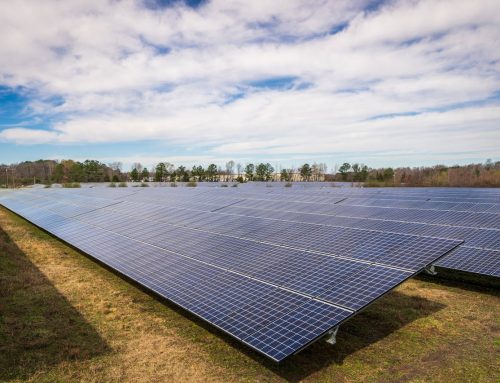Solar energy is becoming a more attractive option as homeowners and small businesses across South Australia look to reduce electricity costs and environmental impact. But entering the solar market without knowing what to look for can be risky. The key ingredient in a sound solar investment lies in the quality of the panels themselves. Choosing the cheapest option might save money upfront but often leads to disappointment and unexpected costs down the line.
Panels built for performance and longevity don’t just last longer, they work more efficiently and reduce the chance of costly issues. With so many products on the market, it’s easy to fall into the trap of low-cost systems that deliver less than they promise. It’s time to unpack what truly matters when choosing solar panels and how poor quality can sabotage your solar goals.
Understanding Solar Panel Quality Issues
There’s no shortage of solar panel brands and models on the market, each claiming to deliver impressive savings. Unfortunately, many of the more affordable options are cheap for a reason. From unverified components to careless manufacturing, these systems are designed to win over buyers with price alone while cutting corners where it really counts.
Manufacturers trying to undercut competitors often sacrifice durability and reliability. Panels made with subpar materials are more prone to weather damage, energy loss, and early degradation. While the savings may look good on paper, they rarely hold up in real-world conditions. For homeowners and business owners looking for long-term results, the short-term bargain isn’t always worth it.
Low-quality panels don’t just fall short in performance. They can lead to more frequent system failures, which means more maintenance, less energy output, and longer payback periods. Consumers are left frustrated, stuck with technology that doesn’t do what it promised.
Common Quality Problems in Solar Panels
One of the biggest quality issues plaguing solar systems today is panel cracking, which can start small but quickly disrupt a panel’s performance. When panels crack, their efficiency drops, and affected parts can end up failing altogether.
Recent research and field assessments have brought this problem to centre stage. Studies using advanced testing methods like electroluminescence imaging show clear signs of increasing failure rates among lower-cost panels. Inferior glass, cheaper laminates, and lack of structural integrity all contribute to physical flaws that shorten panel life.
Another issue is the growing trend of increasing the panel size to save on installation costs and push higher wattage. While the idea sounds beneficial, the result often ends up weakening the physical strength of the panel. Larger panels, especially if not correctly supported or made with weaker materials, are more likely to flex or crack under pressure — whether from wind, hail, foot traffic, or simple roof movement over time.
These defects shouldn’t be brushed off. They directly impact the amount of power your system produces and how soon you’ll be forced to repair or replace part of the system. For those wanting to avoid unexpected costs and frustration, steering away from bargain panels makes sense.
Independent Lab Test Results
What you see on paper doesn’t always match how a panel handles real-world conditions. That’s where independent lab testing becomes a valuable tool for anyone installing solar. Unlike sales brochures or marketing claims, independent tests focus on how a panel holds up under stress, including extreme wind, heat, and snow load.
One such test in 2025 revealed a noticeable rise in failure rates compared to the past. Panels that didn’t meet basic standards were more common and were often tied to cost-cutting during production. These tests give a clearer picture of long-term reliability and point out which brands actually hold up under pressure.
When panels pass these strict tests, it confirms that the design and materials were carefully considered. That makes any upfront cost worth it because you’re paying for ongoing performance, not just installation. Consumers who pay attention to these independent results are in a better position to choose with confidence and avoid the usual traps.
If a panel doesn’t perform well under testing, there’s little chance it will survive the wear and tear of a typical Aussie rooftop. It’s not something to overlook, especially when the return on your solar spend matters.
Why Choose SunPower Panels
When it comes to long-term solar value, SunPower stands out. With nearly four decades of experience behind their panels, they’ve built a name around proven reliability and consistent performance. What makes SunPower different is their commitment to quality from the ground up.
They use top-grade materials, including tougher glass and proprietary connectors, that help resist cracking. Unlike many other brands, their panels are designed from the start with durability in mind, rather than being a collection of parts sourced for cost-effectiveness.
SunPower’s track record has attracted attention well beyond homes and offices. Their panels are used in space missions and satellites — environments where failure isn’t an option. If they can handle zero gravity, solar storms, and rapid temperature swings, they’re more than equipped for a South Australian rooftop.
Independent comparison reports from groups like PV Labs also rank SunPower among the highest for reliability. Their industry reputation hasn’t been built on marketing hype but on consistent outcomes and satisfied clients. From major corporations to everyday homes, SunPower has become the preferred pick for those who want less stress and more security from their solar investment.
Ensuring Your Solar Investment Pays Off
If you’re putting solar on your roof, you want it to work well for a long time. Picking quality gear is the easiest way to make sure that happens. Here are a few simple things to keep in mind while making your decision:
1. Look for panels with a strong record of surviving harsh weather.
2. Choose ethically sourced products that avoid harmful materials.
3. Make sure the panels have third-party certifications for durability.
4. Ask if the system suits your roof design, especially for low-pitch or tricky rooftops.
A bit of upfront planning saves a lot of hassle down the track. Panels that meet higher standards often come with better warranties, and when you buy from a provider that backs their products and services, it’s one less thing for you to worry about.
Reliable providers don’t just sell boxes; they offer long-term energy peace of mind. It’s that kind of relationship that gives you real value over time and helps you step into solar power with trust and clarity.
Securing Your Solar Future
Making solar work for you takes more than just fitting panels on a roof. It’s about choosing systems built to handle real-world use, year after year. Choosing trusted panels can reduce stress, improve results, and give you better value from the start.
Quality solar matters, especially when it means fewer breakdowns and better output. When it’s matched with ethical supply chains, strong warranty backing, and a provider who knows how to fit it right, you’ve done more than just install a system. You’ve made an investment in something sustainable — for you and the planet.
By putting thought into what panels you choose and who installs them, you’re giving yourself a clearer energy future with results you can count on. All it takes is working with providers who value quality as much as you do.
Choosing a trusted provider can make all the difference when investing in solar solutions. If you’re planning to install panels on your home or business, make sure you choose equipment that performs well over time. Energy Buster offers ethically sourced, durable systems built for Australian conditions. Find out more about our approach to solar panel installation in Adelaide and how we help deliver long-term peace of mind.






